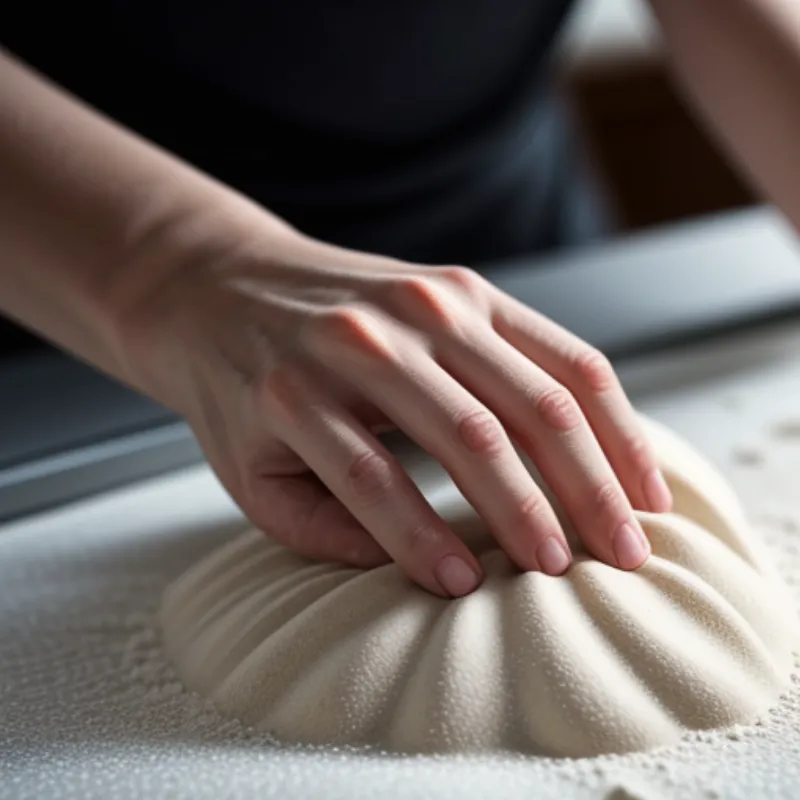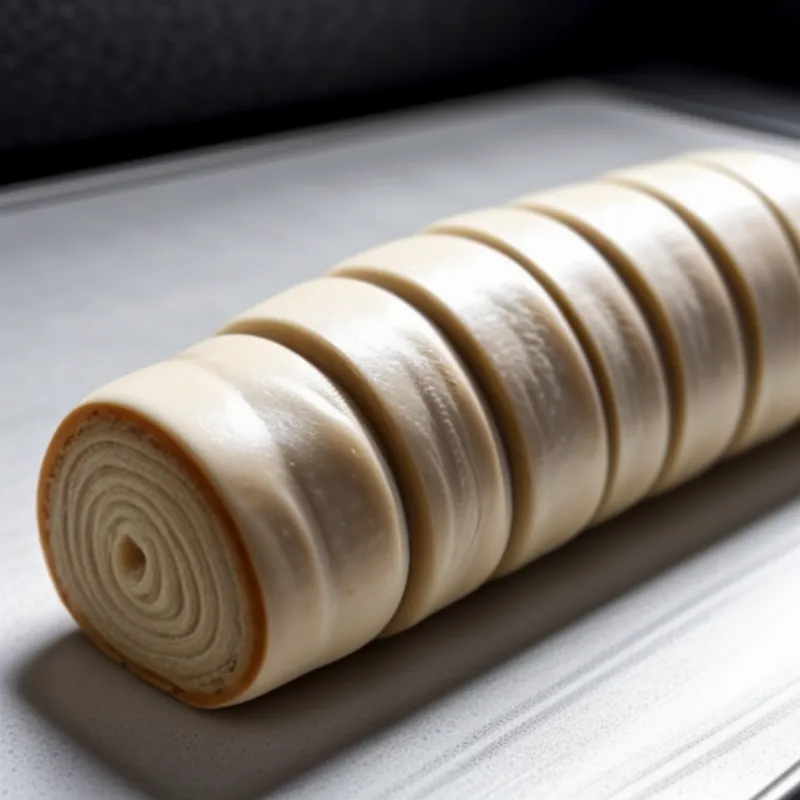Kalács, a traditional Hungarian braided bread, is a delightful treat that’s perfect for any occasion. This slightly sweet, buttery, and incredibly soft bread is sure to impress your family and friends. While the intricate braiding might seem intimidating, this guide will walk you through each step, making the process easy and enjoyable.
Imagine the aroma of freshly baked bread filling your kitchen, the golden crust glistening under the warm light. That’s the magic of kalács! Whether you’re a seasoned baker or just starting, this recipe will guide you to create a beautiful and delicious masterpiece.
Ingredients for Authentic Kalács
For the Dough:
- 500g all-purpose flour, plus extra for dusting
- 1 package (7g) active dry yeast
- 100g granulated sugar
- 1 teaspoon salt
- 1 large egg, at room temperature
- 120ml lukewarm milk
- 120ml lukewarm water
- 100g unsalted butter, melted and cooled
For the Egg Wash:
- 1 large egg yolk
- 1 tablespoon milk
For the Topping (Optional):
- Granulated sugar for sprinkling
- Poppy seeds for sprinkling
Essential Tools for Baking Kalács
- Large mixing bowl
- Plastic wrap
- Rolling pin
- Pastry brush
- Baking sheet
- Parchment paper
Step-by-Step Guide to Making Kalács
1. Preparing the Dough
- In a large mixing bowl, combine the lukewarm milk and water. Sprinkle the active dry yeast over the mixture and let it stand for about 5 minutes, until foamy. This activates the yeast and ensures a well-risen dough.
- In a separate bowl, whisk together the sugar, salt, and egg.
- Add the wet ingredients to the dry ingredients, along with the melted and cooled butter.
- Gradually add the flour, about a cup at a time, and mix until a soft dough forms.
- Turn the dough out onto a lightly floured surface and knead for about 8-10 minutes, or until the dough is smooth and elastic. If the dough feels too sticky, add a little more flour, a tablespoon at a time.
- Place the dough in a lightly greased bowl, turning it to coat all sides. Cover the bowl with plastic wrap and let the dough rise in a warm place for about 1-1.5 hours, or until doubled in size.
2. Braiding Your Kalács
- Punch down the risen dough to release the air.
- Divide the dough into three equal portions.
- Roll out each portion into a long strand, about 18-20 inches long.
- Pinch the three strands together at the top and braid them tightly, ensuring the strands are evenly spaced.
- Carefully transfer the braided loaf onto a baking sheet lined with parchment paper. Tuck the ends of the braid underneath the loaf to create a neat shape.
3. Baking to Golden Perfection
- Preheat your oven to 350°F (175°C).
- In a small bowl, whisk together the egg yolk and milk to make the egg wash.
- Gently brush the egg wash over the entire surface of the braided loaf.
- If desired, sprinkle the top with granulated sugar or poppy seeds.
- Bake for 30-35 minutes, or until the kalács is golden brown and sounds hollow when tapped on the bottom.
4. Cooling and Serving Your Kalács
- Once baked, remove the kalács from the oven and let it cool on a wire rack before slicing and serving.
Tips for the Best Kalács
- Yeast Activation: Ensure your yeast is active by proofing it in warm milk. The mixture should become foamy, indicating the yeast is alive and will make your dough rise beautifully.
- Kneading is Key: Kneading helps develop the gluten in the dough, resulting in a soft and chewy kalács.
- Braiding Techniques: There are various braiding techniques you can try! Search online for “kalács braiding tutorial” to find one that suits you.
- Storage: Store any leftover kalács in an airtight container at room temperature for up to 2 days or freeze for longer storage.
FAQs About Making Kalács
Can I use instant yeast instead of active dry yeast?
Yes, you can use instant yeast. However, you can skip the proofing step and add it directly to the dry ingredients.
What can I substitute for milk in the recipe?
You can use water, almond milk, or soy milk as alternatives to cow’s milk.
My kalács is browning too quickly in the oven. What should I do?
If the top starts to brown too quickly, loosely tent a piece of aluminum foil over the loaf for the remaining baking time.
 Kneading Kalács Dough
Kneading Kalács Dough
 Beautifully Braided Kalács
Beautifully Braided Kalács
Enjoy a Taste of Hungary
Making kalács is a rewarding experience that connects you to generations of Hungarian bakers. It’s a labor of love that results in a delicious and beautiful bread, perfect for sharing with loved ones. So why not gather your ingredients and embark on this culinary adventure? You’ll be amazed by what you can create!
Don’t forget to share your baking journey with us! Leave a comment below and tell us about your experience making kalács. Happy baking!
For more delightful bread recipes and baking inspiration, be sure to explore our other articles, such as our guide on How to Make Chimney Cake.
